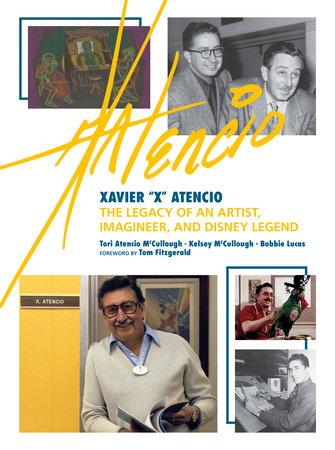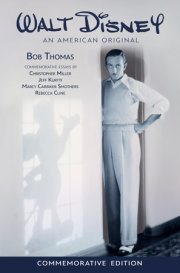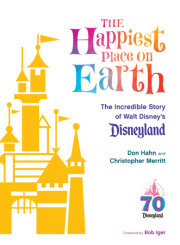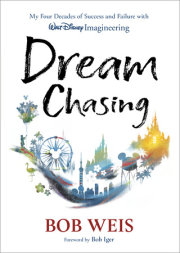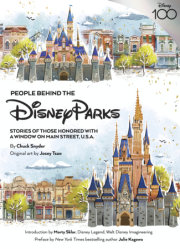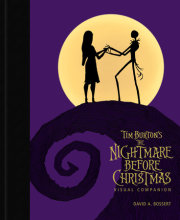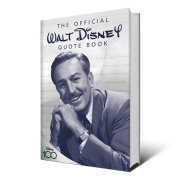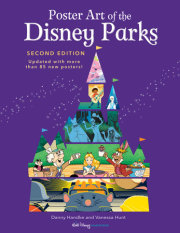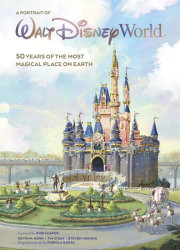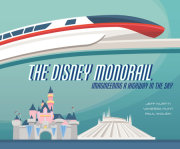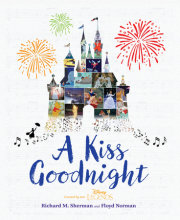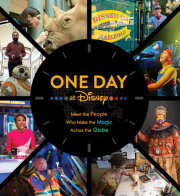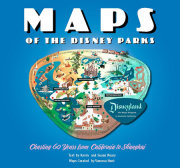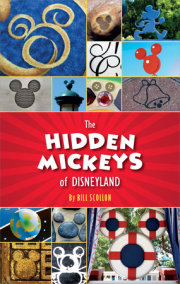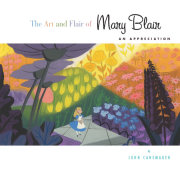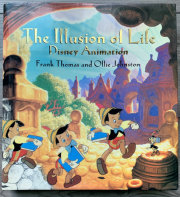Dated April 6, 1965, X's official transfer from the Disney Studio marked the end of an era, and the start of an unfathomable new adventure at WED (now known as Imagineering). While X’s heart was at the studio, he trusted Walt. Yet after accepting his new position at WED, just a few miles away from the Burbank campus, X felt a little unsure of what exactly he would be doing in this new role. Bill Justice would eventually follow, getting a similar summons from Walt, but the move from the studio officially ended their working partnership.
Walt’s desire to bring over his most talented and trusted movie creatives could be traced back to his creation of Disneyland. When Walt’s ideation of Disneyland was ready to become a reality, Walt needed to find a lead designer. He initially approached his friend and neighbor Welton Becket, a Los Angeles–based architect. After listening to Walt’s vision, Becket encouraged Walt to rethink his decision to use a traditional architecture firm and instead to bring in accomplished art directors, production designers, story creators, etc. (from within his studio and beyond) to design and build Disneyland. These filmmakers would need to translate their work in two-dimensional storytelling into three dimensions. Not only would this give Walt people whose work ethic and creativity he already trusted, but it also meant it would be easier to execute the aesthetic that Walt envisioned in the theme park. After all, these collaborators already knew the values and expectations, some could even go so far as to say “brand,” that Walt wanted and expected in his creations.
While WED Enterprises was officially created in 1952, X didn’t move to it until 1965. Walt spent the years in between enacting his various plans, opening Disneyland and continuing to broaden its scale and scope, and viewing his studio staff in a new light—determining whether their talents in creating movie and television magic also held untapped potential beyond their current skills that might be right for the future of WED and Disneyland. X’s abilities to work well with others, experiment but see projects through to fruition, and quickly and adeptly learn new aspects of the creative process made him a prime candidate for WED. In fact, the skill to operate dexterously as both a collaborator and an individual at WED became even more important in 1965, the year it officially became a wholly owned subsidiary of Walt Disney Productions. Walt had kept the companies separate to that point to build his vision without the pressures of being fully bound to the banks and shareholders and Wall Street, but with Disneyland’s success and rapid growth, this acquisition and company alignment became a priority. The importance of teams and creative leads who understood Walt’s working style, professional ideologies, and temperament matched the need for standard engineers and architects to collaboratively and creatively achieve the Disney vision.
The reliance on his own homegrown proven talent would form the foundation of shaping Disneyland from the ground up. Operating under the “story is story, design is design, and technology is technology” mindset, Walt took those ready for a new challenge and supported their growth and efforts as they learned together how to mold their talents to fit a new medium: that of live theme park attractions and entertainment. As renowned former Imagineer Kevin Rafferty wrote in his book
Magic Journey: My Fantastical Walt Disney Imagineering Career, “That’s why they were all so good at what they did at WED, creating the classic and timeless attractions everyone knows and loves. They were showmen and women, first and foremost.” When X arrived at WED, he reported to Dick Irvine, a feature art director who returned to Disney to head design and planning for all Disneyland attractions. WED was still a small operation at that point, and everyone knew everyone—reminding X of his early days at the studio. Walt seemed to have told Dick and John Hench, senior vice president of Imagineering (who had also started his career at the studio), that X would be joining their ranks, and Dick and John sent X to help Claude Coats. Claude had transitioned from animation to show designing at WED, and by the time X joined him ten years later, he was hard at work on the Primeval World, a diorama for the Disneyland Railroad inspired by an attraction based in part on the “Rite of Spring” sequence from the Disney animated feature Fantasia (1940).
In a “full circle” moment, X was back helping bring the same sequence to life for live audiences that he had brought to the screen at the beginning of his Disney career. X was in charge of putting trees and other items into the prehistoric diorama, which would be added to the Disneyland Railroad immediately after the Grand Canyon Diorama and directly between the stations for Tomorrowland and Main Street, U.S.A.
Copyright © 2025 by Disney Enterprises, Inc.. All rights reserved. No part of this excerpt may be reproduced or reprinted without permission in writing from the publisher.

